Manners When Entering An Onsen/Sento
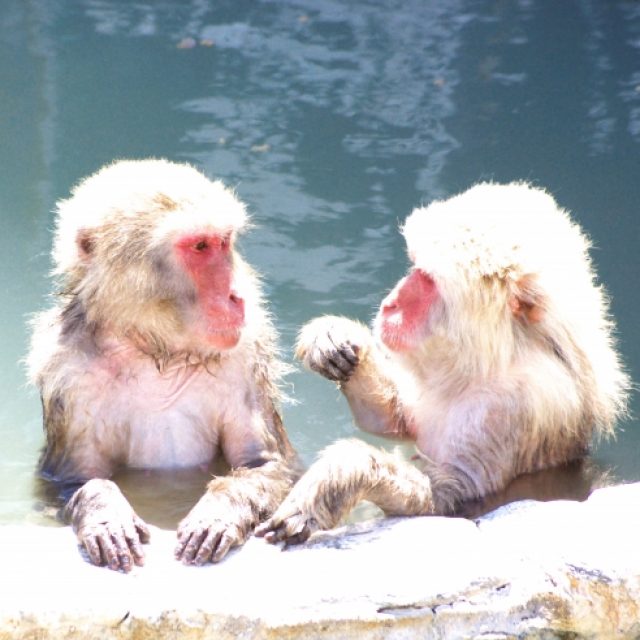
In Japan’s onsen/sento, there is a particular etiquette that should be followed when using onsen/sento, so that users can comfortably interact with each other. Let’s take good care of your manners and enjoy onsen/sento. Beforehand Put up long hair To prevent dust and dandruff from falling into the bathtub. Combine hairband, a towel, a shower cap Do not get drunk After drinking alcohol, do not enter the baths for at least 2 hours. Bathing after drinking is burdening the heart and hindering alcohol decomposition. Taking photos is prohibited in the bathroom / dressing room. When bathing Before entering the bathtub, rinse yourself with hot water. To prevent contaminating the hot water and to get used to the hot water. Focusing on around the waist. Towels and bathing suits are prohibited when entering the bathtub. To prevent contaminating hot water due to germs on towels and bathing suits. Do not jump into or swim in the bathtub. Be considerate of your surroundings when taking a shower. Be careful of the people around you and try not to get water from the shower on them. Do not obstruct areas When not in use, do not leave personal belongings in the way. Do not […]
7 “Kanji” You Should Know Before Entering “ONSEN” Facilities.

I guess most of tourist to Japan don’t know any “kanji” (Chinese characters) so sometimes they are in trouble due to “Kanji monsters” face them. This article tells you that you had better know 7 “kanji” before you enjoy hot springs or public baths. 1,2 男 Otoko and 女 Onna First of all, you would wonder which entrance you should go in. Basically it is just written down in “kanji” on a curtain. So normally Written 男 (male) or 男湯 (bath for male) on a blue curtain is for men and then written 女 (female) or 女湯 (bath for female) on a red curtain is for women. 3. 危険 Kiken It means ‘danger’ and it indicates a potential danger of personal injury. It is for slippery floors or very hot stones in a sauna and more. It also may show pictures or an English caption, so if you see “危険” you should read the sign carefully. 4. 禁止 Kinshi It means ‘prohibition’ so if you see the “禁止” sign you have to follow it otherwise you might get a fine or get thrown out. If you want to know the things that are prohibited to bring in the hot springs […]
Effects of Hot Springs
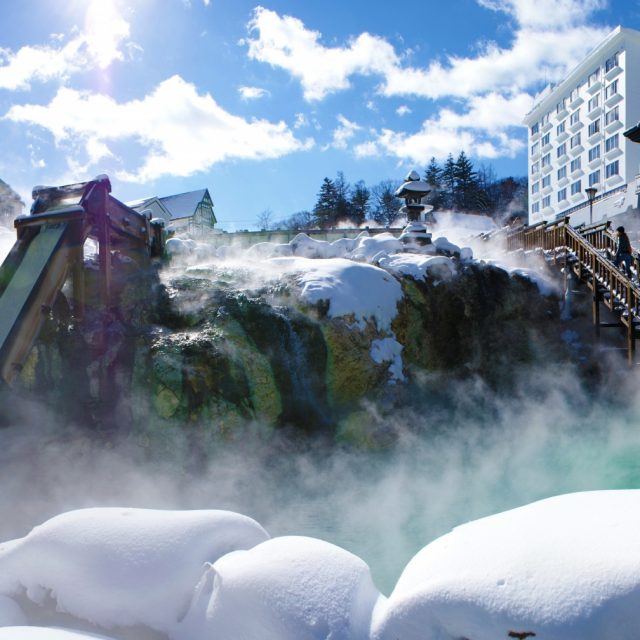
In Japan, “Toji” has been used to treat diseases using hot springs for a long time. The recuperative effects of hot springs are highly valued in modern medicine. Hot spring water contains different dissolved components, varying geographically. Classifying these differences is known as the “spring quality”. It is said that hot springs have the following effects depending on spring quality. Simple hot spring Neuralgia, muscle pain, arthralgia, joint paralysis, joint stiffness, refuse, chronic gastrointestinal disease, hemorrhoids, coldness, convalescence, recovery from fatigue, and health promotion Sulfur spring/For lifestyle-related diseases In addition to the effects of simple hot springs, chronic skin diseases, chronic women’s diseases, cuts, and diabetes Chloride spring/For warmth and injury In addition to the effects of simple hot springs, cuts, burns, chronic skin diseases, weak children, and chronic women’s diseases Sulfate spring/For stroke and injury In addition to the effects of simple hot springs, arteriosclerosis, cuts, burns, and chronic skin diseases Hydrogen carbonate spring/For Natural skin In addition to the effects of simple hot springs, burns, and chronic skin diseases Iron-containing spring/For women In addition to the effects of simple hot springs, menstruation disorders In addition, there are also physical benefits gained by using hot springs. Thermal effects As […]
Why Japanese People Are Afraid of Tattoos
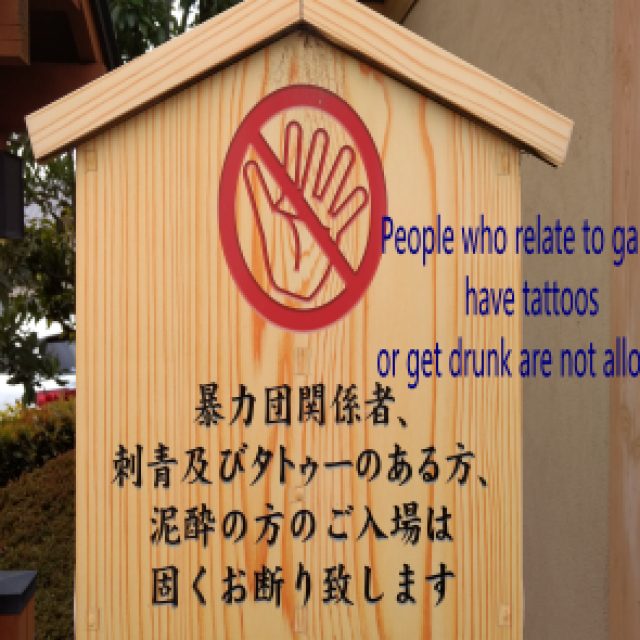
First of all, Japanese people do NOT hate tattoos. They just are afraid of it. You should know why before you head to Japan. When did the image “Tattoo=Criminal” be started? Few years ago, banning people who have tattoos from entering public baths had become a topic. Why do the owners of hot springs or public baths not allow tattooed people in? There is a long history. In the Jomon era (B.D. 1400-B.D. 400), Tattoos were a kind of identification. However, in the Nara era (710-794), they were one of punishments for criminals. In the Edo era (1603-1868), tattoos seemed to be different depending on the region. The funny thing is that in the Kinki region, it appeared that the tattoo inked on a criminal’s arm was the word “悪(evil)”, which let people know what crime the person had committed. In addition to that, criminals who repeatedly committed crimes often had the characters such as “犬 (dog)” tattooed on their foreheads. In the Meiji era, the government tried to modernise the national system and the tattoo punishment was abolished in 1872. The act of tattooing became forbidden (it was considered barbaric). From then on, tattoos were illegal in Japan until […]
5 Things NOT to Do When an Earthquake Hits
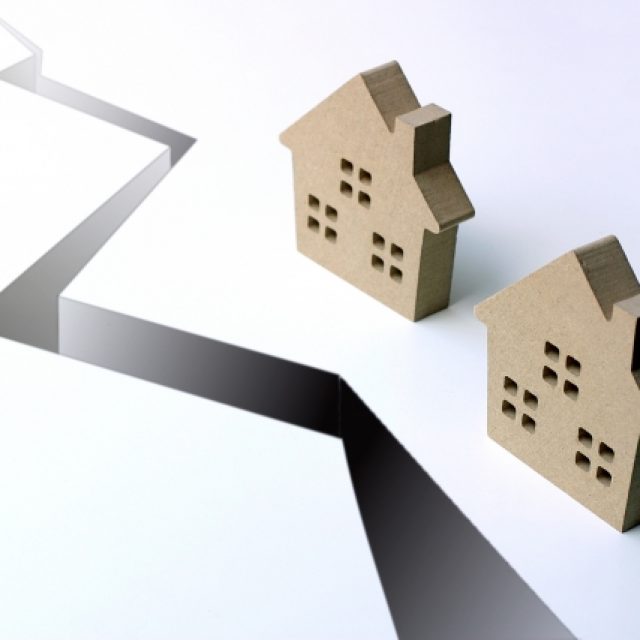
Japan is one of the most earthquake prone countries. If you plan to visit Japan you should get information of earthquakes. Do not go out hastily If you are inside a building and furniture is falling apart and people are lying down, you may feel like you want to escape in a hurry. However depending on the situation outside, it might be even more dangerous than inside. If it is a house that meets the earthquake resistance standards or a train, it can be judged as safer than outside so please do not rush out in a hurry. During shaking, the risk of injury when moving is increased and depending on the situation outside there is a possibility that the car will thrust in, the signboard and the window glass may fall off. Do not approach the seashore Needless to say, when an earthquake hits, a tsunami can come. Even if the epicenter is known and the tsunami does not come to the area, something might happen due to ground subsidence and further aftershocks. So you should move to a safe shelter promptly. Do not use a lift Even if the lift is working, you should use the stairs instead. […]
Bathing at Home in Japan
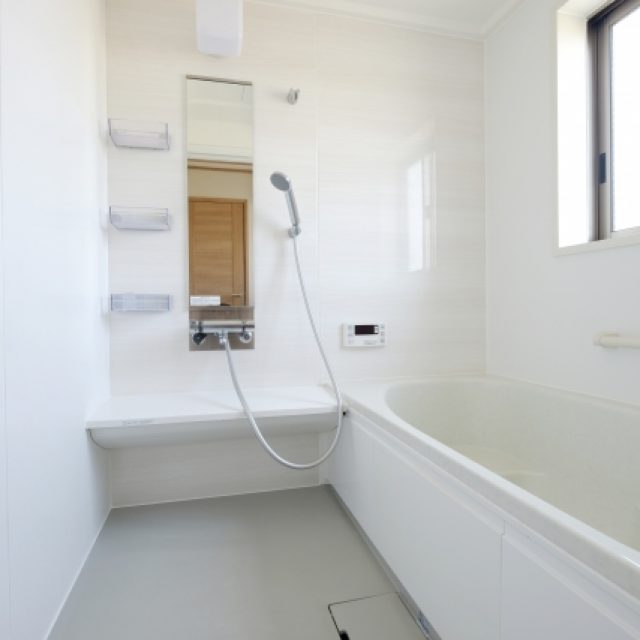
Japanese people who love to take a bath have independently developed the facilities and methods of bathing at home. The bathroom is separated from the toilet There are separate areas/rooms for the bath, washing, and toilets. Therefore multiple people can use each area at the same time. There is a dedicated chair for the bath where you can sit and wash your body In other countries, it is normal to wash your body while standing and taking a shower, so it may be a strange feeling. Add various kinds of bath additives In Europe and the US, people often use bathing products like bubble bath, but in Japan, bubble-less alternatives are often used. In Japan, taking a bath has the important purpose of being relaxing, in addition to cleansing the body. It seems that bathing products with a good fragrance, heat retention effects, moisturizing effects, and skin beautification effects are preferred. In addition, there is a bathing product called “hot spring element”. This is made to resemble as much as possible the ingredients and fragrances of hot springs in various places. Since it is often sold also in hot spring areas, how about getting it as a souvenir of your […]
